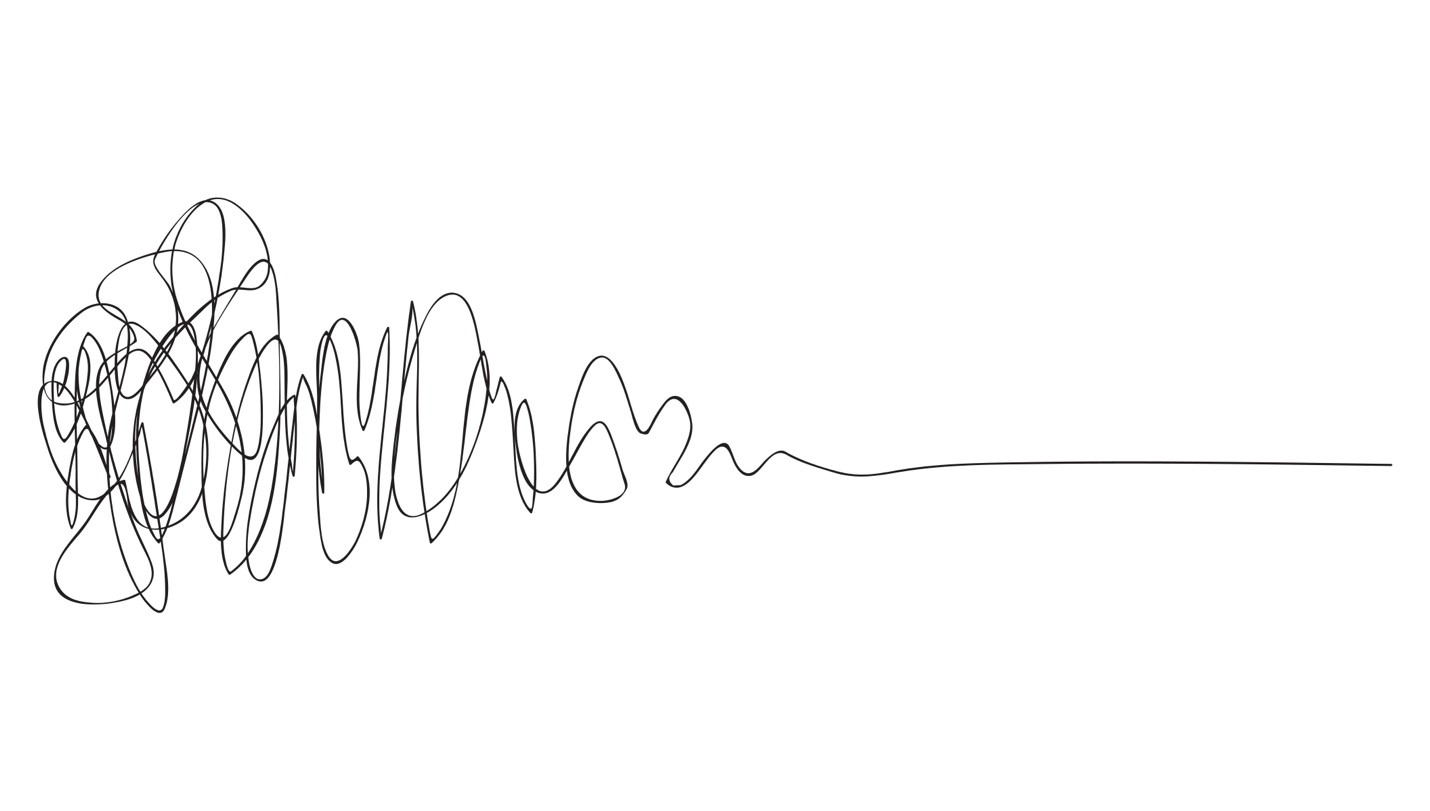
From Student to Researcher (in one term!): Post 18 (Prequel 3)
Coming Through the Fuzzy Front End to See the ‘Dawn of Implementation’
By Dawn Giesbrecht, Harold Bull, Sheryl MillsFears are natural when we are contemplating change.
(This blog series is authored by USask denizens Harold Bull, Dawn Giesbrecht and Sheryl Mills) Harold is Assistant Professor Biochemistry, Microbiology & Immunology. Dawn is Laboratory Instructor Anatomy, Physiology and Pharmacology; Biochemistry, Microbiology and Immunology. Sheryl is Associate Director, Academic Programs & Interprofessional Education)
Overview:
When you reflect on your undergraduate learning experiences, what do you remember most? For Dawn, it was being given a case study, a fake sputum sample, and a stack of books to explore the mystery of, “What is the source of the infection?”. No offence to physics, but Dawn doesn’t remember a lot about those classes or labs. Sitting in the back of Dawn’s mind since her undergraduate days was the question of how she could create a similar opportunity for the students she works with now. What could be the equivalent of a stack of books and a jar of spit for her learners? In this post, we explore the process of moving from potential good idea to implementation.
Introduction:
We are learning organisms. From the time we are born, we develop by carrying out small experiments. Every toddler learns to walk differently, finding out what works for them, literally baby step by baby step. Some of us are still doing this experimenting – in our diets, or in the amount of exercise we need in a week (and even wondering if this is just a fable. Is sitting really the new smoking? Some of us are still experimenting with this one.).
The inquiry-based approach that Dawn incorporated into her traditional lab class, taps into this sense of experimentation, creativity, and curiosity that is hardwired into all of us – until it is lost along the way. A niggling conundrum for Dawn is that the way we do science is not the way we teach science.
TRUST:
Introducing the two-week experience described in post 16 was a low stakes instructional experiment with high potential gains. It didn’t cost any additional resources. No one had to approve these changes. Dawn had the autonomy to implement this (nor did her job depend on these two weeks). This authentic research-based experience could replace the less than stellar traditional lab protocol that Dawn believed no one would miss – not even her.
With lots to gain and little to lose, Dawn went all in – for two weeks! 😉 She trusted in an idea from an inspirational poster at the ABLE Conference (see blog post 16). She trusted the idea of an authentic research-based experience being tucked into a traditional lab class. She also trusted her personal experience in a class as an undergraduate student. Dawn trusted that her learners could do this because she knew that she could do this, and her own children could do this. With a short time period, a small investment into resources, and enough flexibility to switch this experience out if it didn’t ‘work’, as was already mentioned, there was very little to lose and a lot to gain.
Decisions:
Generally, we take action to either increase our comfort or decrease our discomfort. In this case, by integrating an authentic research experience, Dawn was able to decrease her discomfort around that paradox of teaching science differently from how we do science by implementing this authentic research experience. But a lot of decision-making had to come between this fuzzy front end of the nascent idea and this being a go[1]. In order to straighten out the squiggles, you do need to address a number of questions that pull out the kinks. So, one of the many ways you come out of the fuzzy front end is by making decisions! By planning and making a number of decisions, Dawn moved this from ‘great idea’ 💡 to implementation!
Some examples of the decisions Dawn made are:
- Dawn wanted students to be more engaged and to have a more authentic experience. Would this discovery-based experience increase or decrease student engagement? 🤔 Her hypothesis was that it would increase engagement. 👍
- What could be replaced in the course outline? 🤔 In reviewing her traditional lab course outline, there was indeed a perfect opportunity for replacement (aka, the aforementioned, not-so-stellar and generally unmemorable protocol). 👍
- Could this be a team experience? If so, how many people could be on each team?
Stop the train 🚂! Fears started coming up for Dawn (this is not an exhaustive list, but the top ones that came to mind first):
- What if this is less engaging for students?
- What if teams don’t work well together?
- What if I can’t support all teams appropriately?
- What if it requires more of my time that I don’t have to give?
- What if we aren’t sufficiently resourced for lab equipment, supplies etc?
- What if students don’t step up?
- What if they don’t even like doing this?
- What if they think it is stupid?
- What if my colleagues think it is stupid?
Fears are natural when we are contemplating change. Often, we do not make a change, even when we see benefit, because of these fears. Fears can stop us in our tracks. Dawn found that by making decisions and putting one foot in front of the other she was able to implement this good idea – and outrun her fears by trusting in the process and making informed decisions.
There is more to this series! See Previous Post here. View all posts here!
We also have podcasts!
All About CURE with Harold Bull, Dawn Giesbrecht and Sheryl Mills:
The MightyChondria Team:
[1] In reflecting on this decision-making process, Dawn wondered if it would have been more complex if she had to consult with others.

